Author: William M. Peaster
Original source: Bankless
Compilation of the original text: The Way of the Metaverse
Author: William M. Peaster
Original source: Bankless
Compilation of the original text: The Way of the Metaverse
A year ago, we talked about how cryptocurrencies were going to fix the music industry.
Your favorite artist doesn't make as much money making music as you might think. When their songs play on popular streaming platforms like Spotify, they get next to nothing.
The streaming model has been broken.
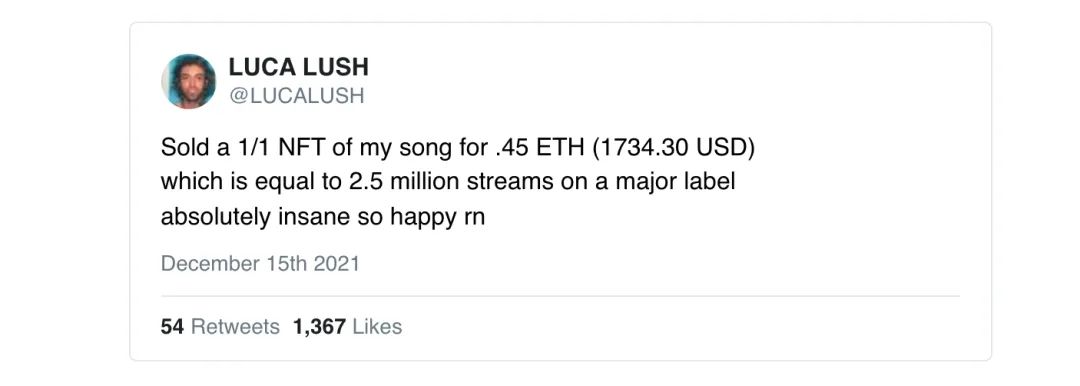
Crypto can solve this problem with NFTs.
And we're finally starting to see that trend unfold. Music NFTs are a rising sub-sector of the NFT market, as web3 musicians make far more money than any streaming platform.
This is a perfect example of what Li Jin said about ownership economy and 100 real fans.
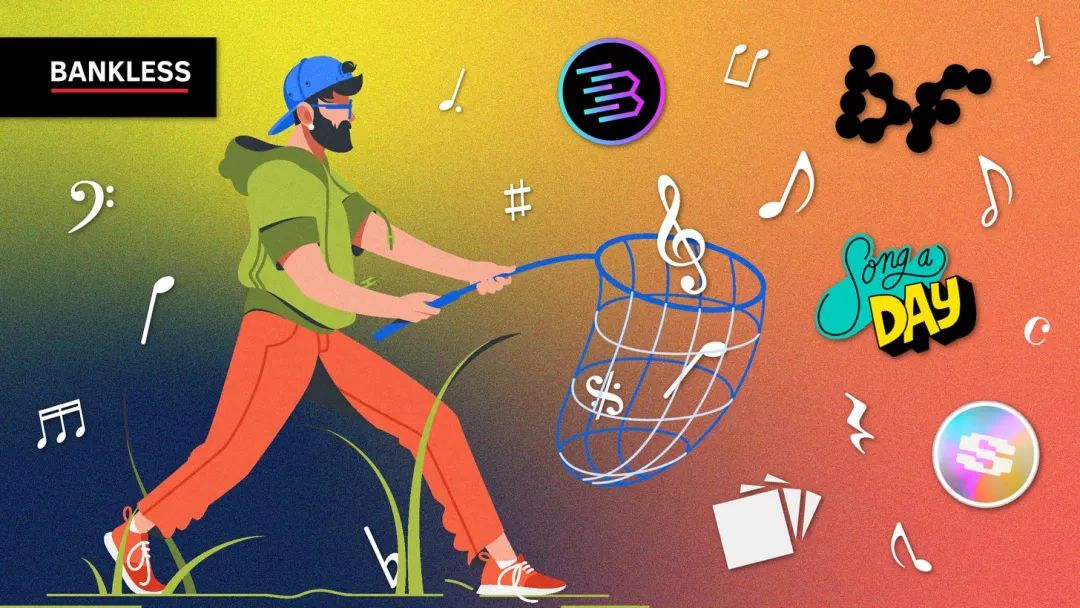
Music NFTs are in the pipeline. Here's a getting started guide for collectors and creators.
How to Get Started with Music NFTs
image description
Image via Logan Craig
Musicians are increasingly turning to music NFTs to bypass record labels and connect directly with their fans. While the rise of streaming services is not profitable, music NFTs unlock a new monetization model for any artist.
Therefore, there is a growing consensus in the NFT ecosystem that music NFTs will become more popular in the future. This Bankless strategy will walk you through collecting and creating NFTs!
Goal: Learn how to make and collect music NFTs
ROI: Potential Advantages for Music Sellers/Collectors
Why Make Music NFTs
NFTs are a powerful new resource in the musician's toolbox.
DIY Distribution - Musicians can skip dealing with record labels and use NFTs to bring their music directly to their fans. This "author" approach gives the artist control over all the details of their release at all times, rather than through the music director.
getting Started
Pioneering - the NFT ecology is still very young, and the music NFT scene is even younger. Therefore, more and more musicians are exploring new possibilities here, and this pioneering approach has also aroused great interest from NFT fans and creators. In other words, making music NFTs presents a huge opportunity to connect with new and enthusiastic audiences from all over the world.
first level title
getting Started
ETH is used to pay the gas cost of minting/purchasing NFTs.
Browser wallets for interacting with NFT platforms, MetaMask, WalletConnect, Coinbase Wallet, and Fortmatic are popular choices.
If you want to mint music NFTs, you need music! Commonly supported file types include MP3, MP4, and WAV files.
first level title
How to Collect Music NFTs
It is worth emphasizing that the music scene in the NFT ecosystem is very early. However, if you want to support artists and cool projects that are experimenting with NFTs and making music you love, then you are in the right place.
Just find artists you like and make music you like - you're supporting them. If you're looking for a get-rich-quick scheme in the next hot area, you might be in for a setback. Today, most music NFTs are collectibles, not investments. They are a work of art. You should approach it this way, collecting (rather than investing in) things you like, with no expectation of future returns. Projects like Royal are working on embedding music NFTs into royalty rights, but it's still fairly early in this space, maybe this is a strategy for another time.
That said, if you're new to the NFT ecosystem and don't know where to look, here are some great places to start collecting your first music NFT.
Catalog: A professional marketplace that provides 1-to-1 NFT music publishing.
Sound.xyz: A new music NFT platform for creators to release works for a limited time. Secondary sales can be found on popular NFT marketplaces such as OpenSea, Rarible, and others.
Futura: A 3D generative art and music project created by Euler Beats.
SongADAO: A community based on Jonathan Mann's Song-a-Day project.
How to Create Your Own Music NFT
Where should you start?
This section is for creators.
Where should you start?

It mostly depends on how comfortable you are with working with cryptocurrencies and NFT applications. Below I'll cover the beginner, intermediate, and advanced options to give you a better idea of the possibilities available.
Beginner: OpenSea or Raribleimage description
OpenSea and Rarible 101
how to startOpenSea and Rarible are popular general NFT marketplaces.
Both platforms allow creators to mint NFTs via lazy minting, which means you can list NFTs for free without paying ETH gas fees. This is very helpful for newbies as it reduces the number of transactions they need to make and sell NFTs.
how to start
Supported file types: MP3 and MP4.Go to rarible.com and connect your wallet. Click the "Create" button, then use the Foundry User Interface (UI) to upload your song and fill in its details. Make sure the "Free minting" option is selected.
Press "Create Item" to continue, then sign the subsequent transaction (this is free) with your wallet to list your NFT.
on OpenSea
Supported file types: MP3, MP4 and WAV
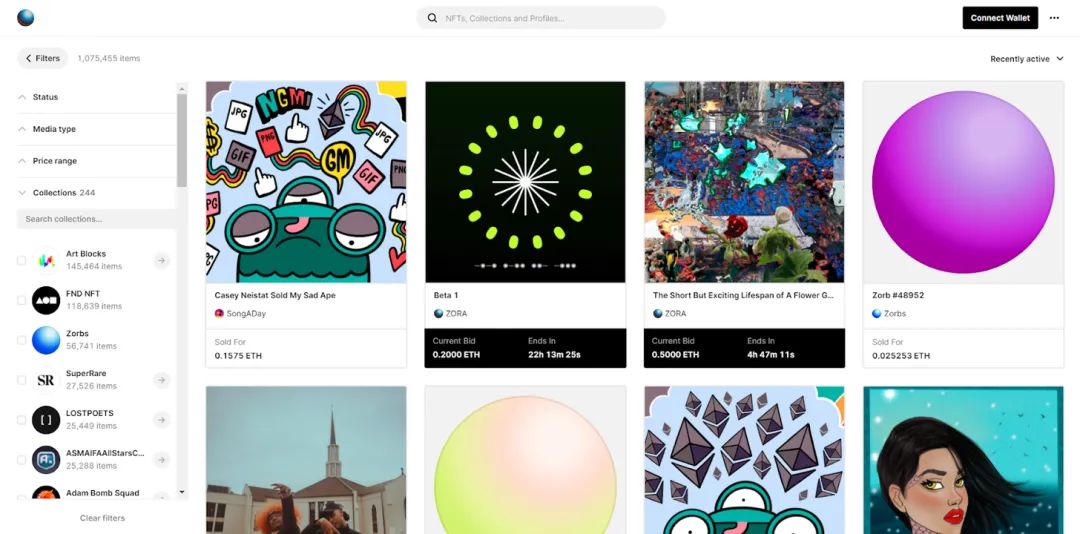
Zora 101
Go to openea.io and connect your wallet. If this is your first OpenSea listing, you will need to initialize your account, which will require an ETH gas fee. When you're ready to proceed, press the "Create" button.
Intermediate: Zora
how to start
Zora is an NFT marketplace protocol.
Simply put, the protocol lets users deploy and control their own NFT marketplaces, so musicians can rely on Zora to create storefronts for their songs. Zora handles all minting and listing activities on-chain, so gas costs are higher for creators. On the other hand, this on-chain state provides artists with superior durability and composability guarantees.
how to start
Supported file types: MP3 and WAV
Click the plus sign at the top of the website, then click "Mint new NFT". Then click "Audio" and upload your song file.
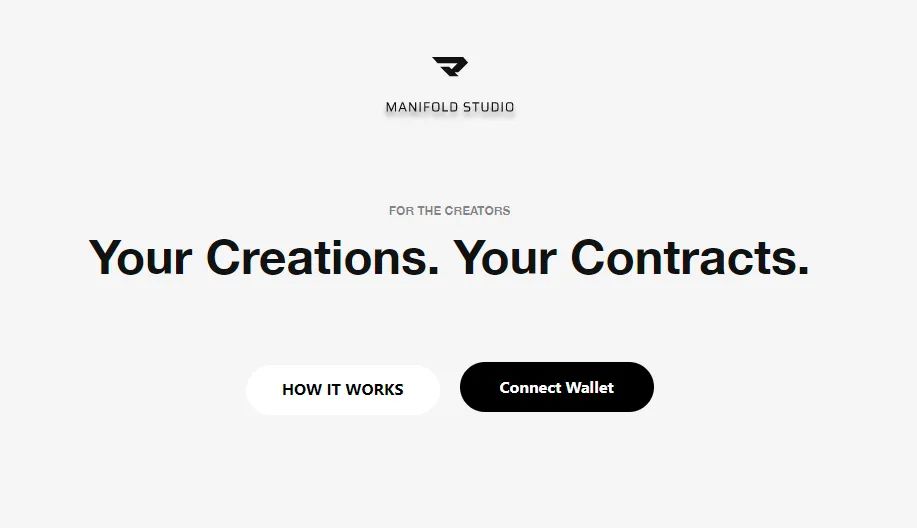
Manifold 101
Advanced: Manifold Studio
how to startimage description
Manifold Studio allows artists to deploy their own Manifold Creator contracts to publish NFTs. In fact, setting up a Studio contract is very simple, although it takes a few more steps than other options. These steps are worth it, because Manifold Studio provides more powerful features, such as support for dynamic NFTs, airdrops, on-chain royalties, etc. If you're a musician looking to release music NFTs, Manifold Studio offers a compelling set of resources.
Supported file types: MP3, MP4, WAV, FLAC, ACC
in conclusion
Go to studio.manifold.xyz and log in with your Ethereum wallet.
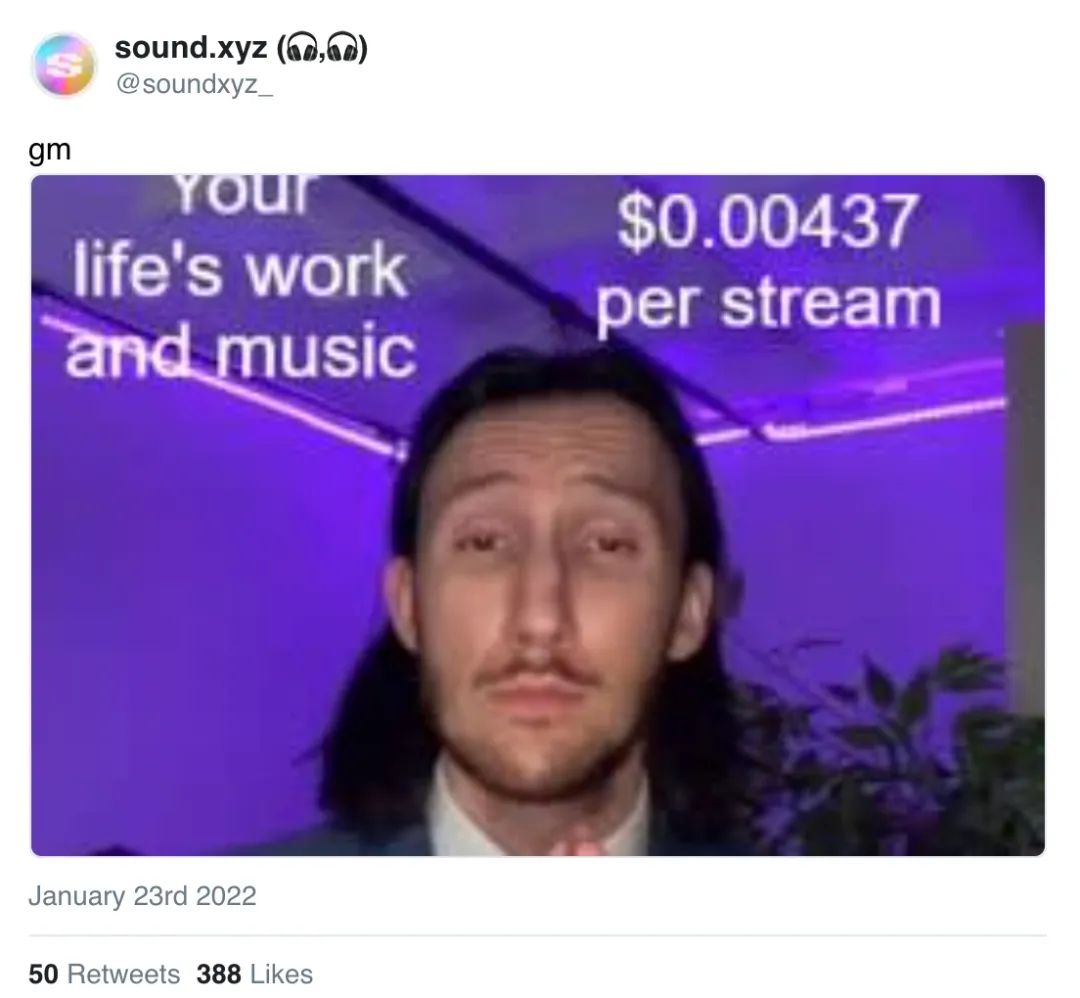
Click the "Start New Contract" button at the bottom of the page. Set up the details of your smart contract, which will need to be deployed to the Rinkeby testnet first and then to Ethereum. In kind, you will mint a test NFT to Rinkeby before minting your first Ethereum NFT. If you need help with this process, Manifold has helpful tutorials for each step of the minting process!



